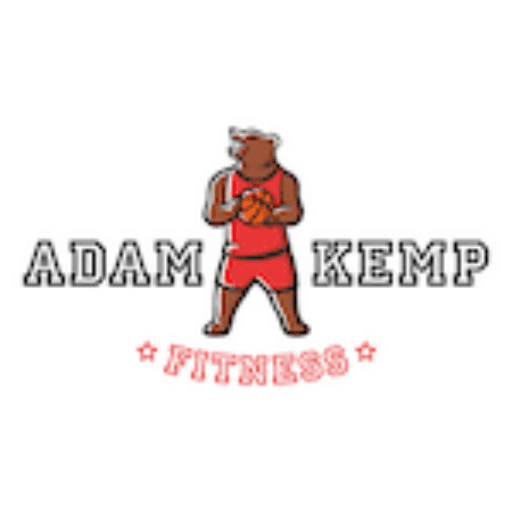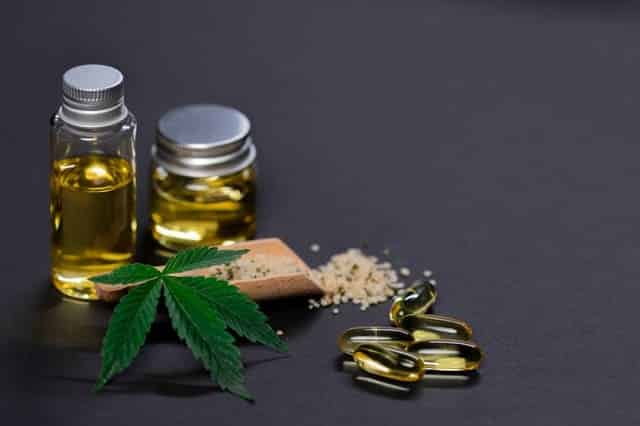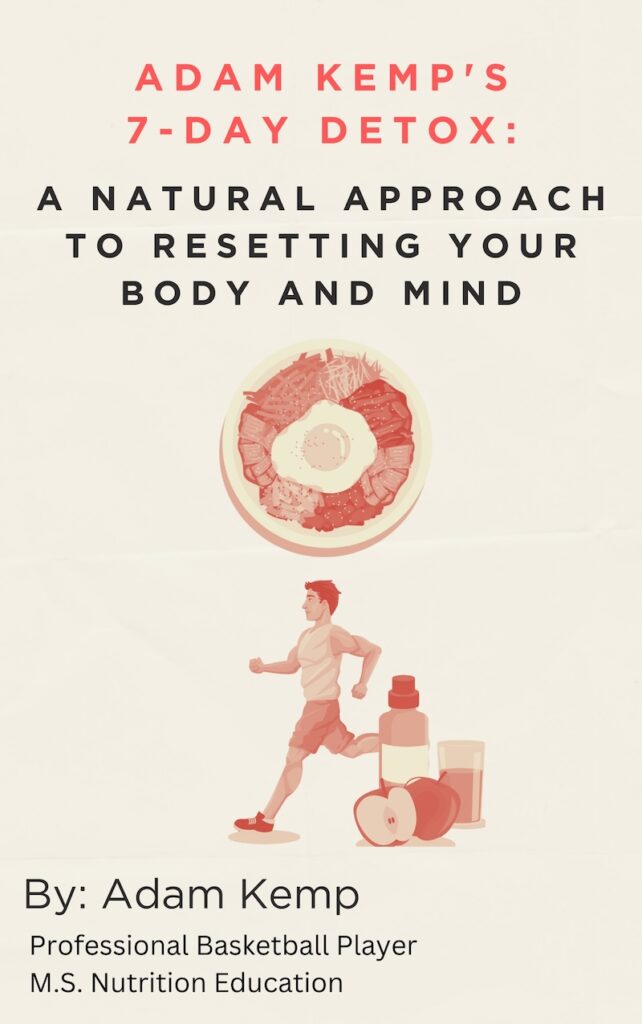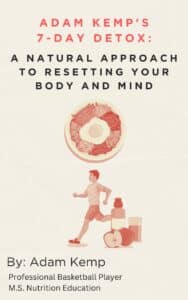Cannabis & Exercise: Does Cannabis Impact Workout Results?
Cannabis and exercise might seem like an unusual combo, but for a growing number of athletes, it’s become a go-to tool for recovery, focus, and even enhancing performance.
Forget the “lazy stoner” stereotype—many elite athletes swear by cannabis to help them bounce back faster and manage the grind of intense training.
Big names like Michael Phelps and UFC stars Nate and Nick Diaz have been open about how cannabis supports their physical and mental recovery.
They’re not alone, either; from pro fighters to Olympic swimmers, athletes in many sports are embracing cannabis as a natural way to relieve pain, reduce inflammation, and calm their minds post-workout.
Backed by science, this trend is more than just anecdotal hype. Research shows that cannabinoids like CBD and THC work with our body’s endocannabinoid system—a network that influences pain, mood, and stress response.
Curious about how cannabis could impact your workout? Let’s check what the research says about this game-changing partnership.
How Does Cannabis Affect Exercise Routines?
Curious about how cannabis can impact your workout? Whether you’re looking to improve focus, ease muscle soreness, or find motivation on tough training days, cannabis might play a surprising role in your routine.
As more athletes incorporate cannabis into their exercise plans, there’s growing interest in how it actually affects performance, recovery, and overall fitness goals.
Here’s a closer look at how cannabis interacts with the body and what it could mean for your workout—from energy and endurance to pain relief and recovery.
Anti-Inflammatory Responses
A lot of research has been done on the two most well-known cannabinoids in the cannabis Sativa plant, delta-9-tetrahydrocannabinol (THC) and cannabidiol (CBD), and their analgesic and anti-inflammatory properties.
Due to these properties, cannabis can be an excellent tool to incorporate into your workouts. Let’s look at the research behind cannabis, inflammation, and pain management.
When your body suffers an injury or comes into contact with a virus, it activates your immune system.
In response, your immune system sends out inflammatory cells and cytokines (substances that stimulate more inflammatory cells).
Since we damage or injure our muscles when we work out, it triggers this immune response and causes inflammation.
Current research suggests that cannabinoids can help reduce inflammation, potentially aiding the post-workout recovery process.
Follow-up systematic reviews on CBD as an anti-inflammatory and antioxidant continue to be published with new findings, such as CBD being a more potent antioxidant than vitamin C or E.
Keep in mind that you don’t need to consume cannabis via smoking or vaping. Although this is one of the fastest and most direct avenues to feel the effects of cannabis, there are ways to consume that do not damage your lungs.
For example, consider incorporating edibles, tinctures, topicals, or even infused bath bombs into your post-workout recovery.
Vaping, though, is believed to have two significant benefits: intensity and onset speed. So if you’re a marijuana enthusiast and are looking to grow seeds that will yield ready-to-vape extractions, Zamnesia seeds are a great option.
Reducing Delayed Onset Muscle Soreness (DOMS)
The muscle soreness experienced after working out is known as delayed onset muscle soreness (DOMS), and it is familiar to most of us. You won’t always experience DOMS after a workout, but it can present itself when you try new or intense exercises that your body isn’t used to.
For example, you might take a new calisthenics class and feel sore from head to toe the next day.
There is substantial evidence to suggest that cannabis can help with pain management.
Although this is an area that could benefit from further research, the existing data reinforces the claims of many athletes that consuming cannabis helps make DOMS less unpleasant and relieves aches and pains associated with working out and an active lifestyle.
Pain relief offered by cannabis consumption would be comparable to taking an over-the-counter (OTC) pain reliever such as Tylenol or ibuprofen. However, cannabis could prove to be a safer pain reliever than the habitual use of OTC pain relievers or other prescribed painkillers such as opiates.
Simply put, long-term use of these NSAIDs—nonsteroidal anti-inflammatory drugs—paired with dehydration can damage the kidneys and contribute to ulcers.
Furthermore, both short-term and chronic use of prescription opioids has been associated with increased morbidity and mortality. Cannabis use poses none of these risks. Moreover, access to medical cannabis has been connected with a decrease in opioid prescriptions as well as dose reductions.
For more information on CBD oil and pain management, check out this article on how long it takes CBD oil to work for pain.
Motivation & Workout Enjoyment
If cannabis is legal in your state, you also have access to products containing THC.
However, please be mindful of certain recreational and medical marijuana laws of your state as some states, such as Pennsylvania, would need you to show a medical marijuana card PA before making any purchases.
When it comes to THC and working out, it is important to be mindful of the psychoactive effects THC produces.
Everyone will have different tolerance and reactions to THC based on a variety of factors, including dosage, metabolism rate, sex, etc.
As long as you are comfortable using cannabis products that contain THC, these products should be safe for long and repetitive workouts. However, it might be a good idea to skip THC for complicated or intense workouts that involve heavy weights, for example.
In those cases, CBD may be a more fitting choice.
A 2019 study found that 80% of cannabis users mix cannabis and working out. Of that 80%, 70% say it increases enjoyment, 78% say it boosts recovery, and 52% say it motivates them. It’s also interesting to note that older adults who consumed cannabis were more likely to be active than those who didn’t.
A possible reason for this is that as our bodies age, exercise can become more painful, which is why older adults tend to exercise less. Cannabis use may help reduce pain and inflammation associated with working out, which could provide a reason why elderly cannabis consumers are more likely to be active.
Another study published in 2015 found an intriguing link between cannabinoids and exercise. Using mice, researchers found that it is not endorphins that are responsible for the famous runner’s high, but rather endogenous cannabinoids, naturally produced chemicals that kick in after a period of exercise, binding to receptors in the brain to make us euphoric and alert.
By ingesting CBD or THC, which bind to those same receptors, athletes might enhance or get a head start on that good feeling.
While there has not yet been a human study regarding the effects of cannabis on exercise, a team of researchers at the University of Colorado Boulder is on a mission to change that.
The Study on Physical Activity and Cannabis Effects, or SPACE, will evaluate and compare the physical performance of volunteers both with and without the influence of cannabis.
Concluding Thought: Is Cannabis Good for Exercise?
Cannabis might just be the edge you need to elevate your fitness journey. Used as a natural remedy for pain and inflammation for thousands of years, cannabis is now backed by science, with research catching up to support the benefits that many athletes have championed for decades.
Whether you’re looking for a boost to get moving, relief from nagging soreness, or a deeper connection to your yoga practice, cannabis could be a powerful ally. For those struggling with joint pain, arthritis, or muscle soreness, it offers a natural solution that may speed up recovery, keeping you active and engaged.
Consider winding down after a tough workout with an Epsom salt bath enhanced by a CBD bath bomb, or treat yourself to a CBD-infused massage for added relaxation and muscle relief.
You might even start with a few drops of CBD oil under your tongue before a long run to explore its benefits firsthand.
From pre-workout motivation to post-workout recovery, cannabis offers versatile, effective options for enhancing both your physical performance and recovery—so why not experiment and find what works for you?
Read Next: Marijuana and Bodybuilding
This website does not provide medical advice. This website site does contain affiliate links, and purchases may earn a commission.
Read my Medical Disclaimer, Review Disclaimer, and Publishing Policies for more details. Use of this site indicates acceptance of these terms.



